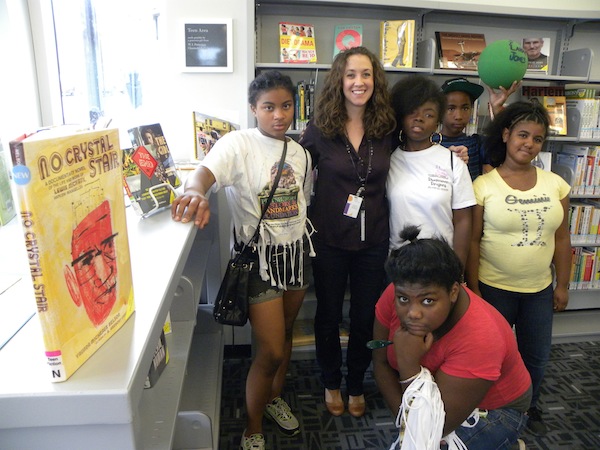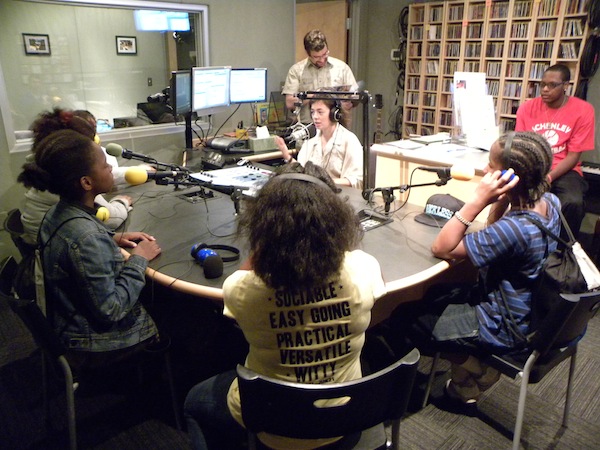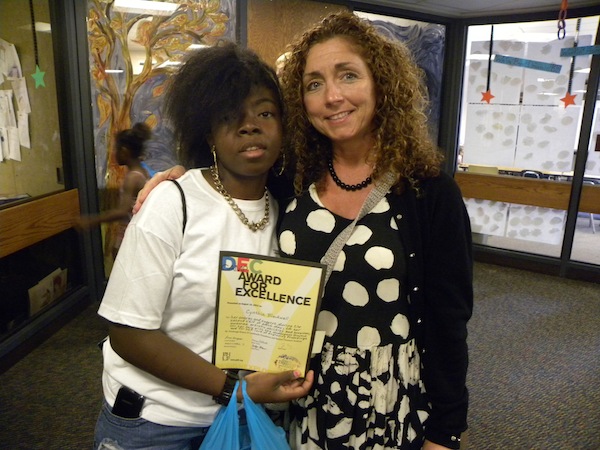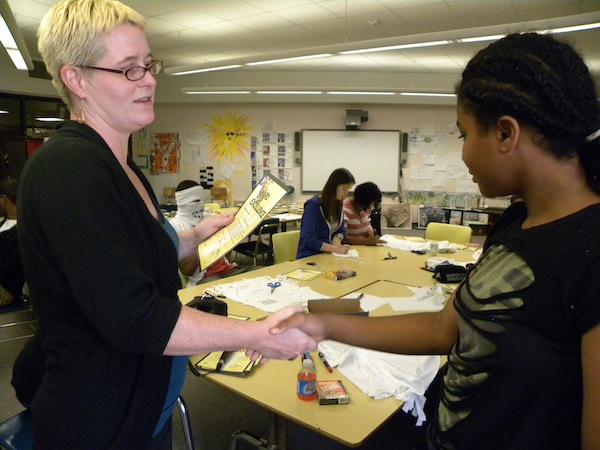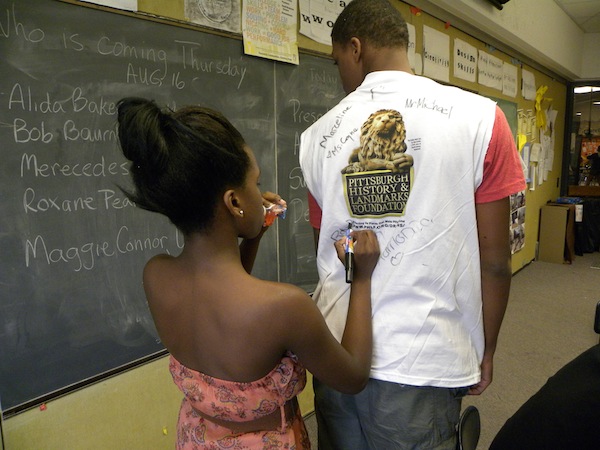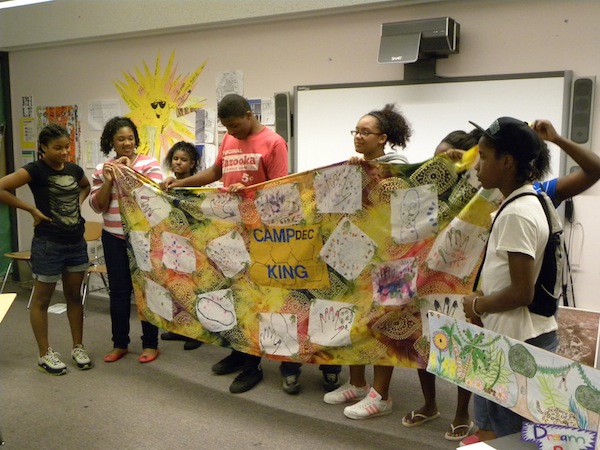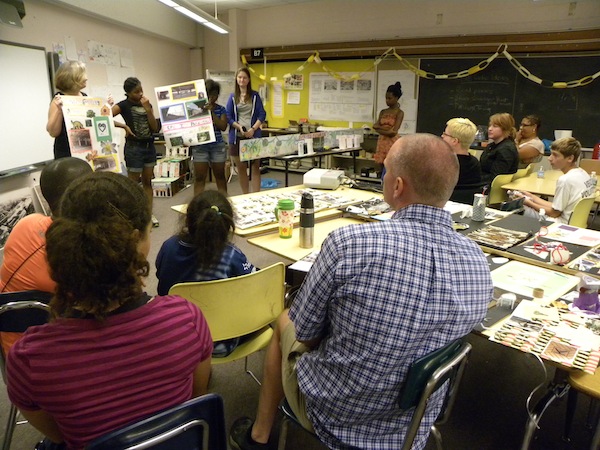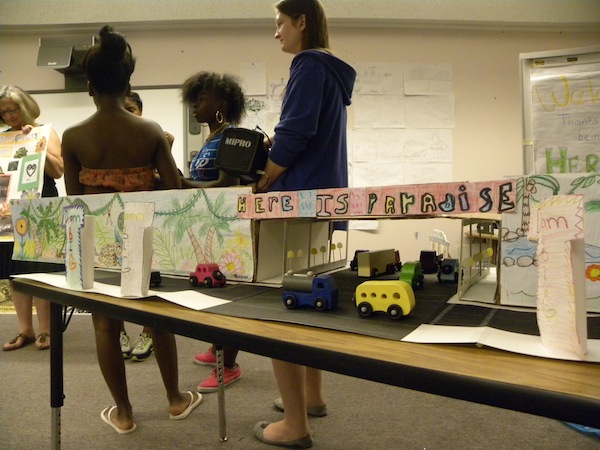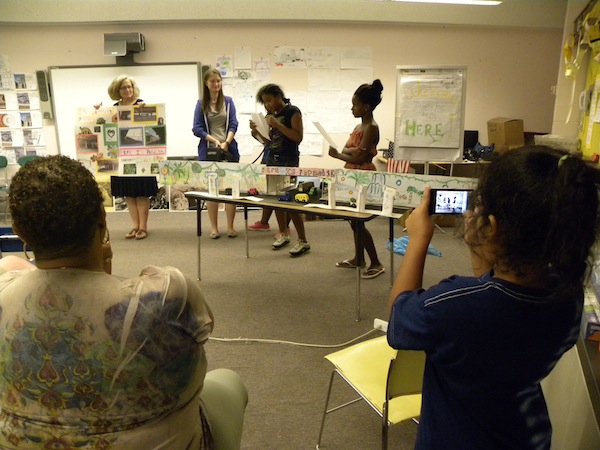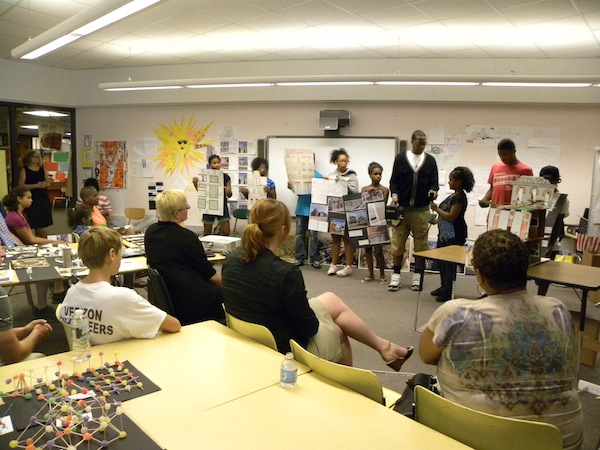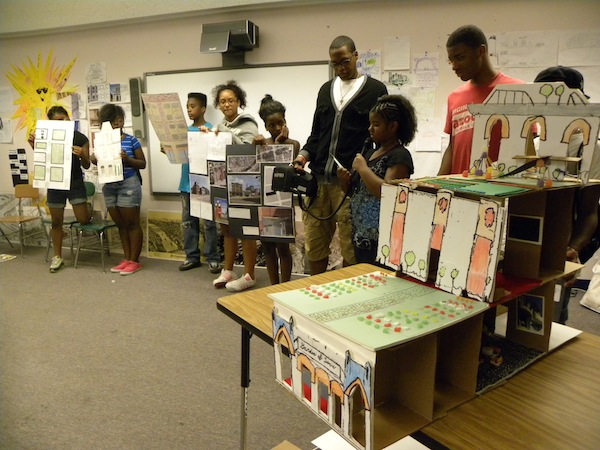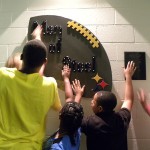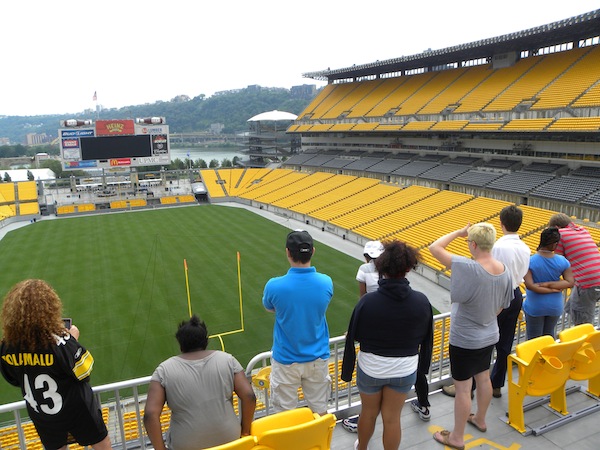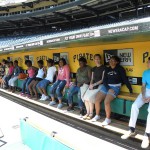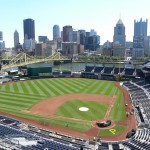
Latest News
-
Arthur Ziegler: Preservation as a Tool for Achieving Economic Vitality
Last month, I began a series of discussions on the historic preservation movement and our organization as we look toward the future. In my letter, I talked about the origins of historic preservation as a reaction to urban renewal across the country.
Our organization became a national leader in committing to the principles of restoring neighborhoods for the people who live there, based upon the residents’ wishes. Through our early work in Manchester, the Mexican War Streets, Allegheny West, East Allegheny, and South Side, we developed a set of core goals and working principles. Since that time, we have utilized them as our guideposts while we flexibly embrace opportunities as they present themselves.
I believe it is important to know that our primary goal is not preservation as an end in itself, except for remarkable buildings like the Allegheny County Courthouse and Jail. We believe that preservation is a tool for achieving economic vitality and a better quality of life for our citizens. Let me share with you some additional detail about elements of our process.
When we begin work in a neighborhood, we utilize the Neighborhood Transformation Initiative (NTI) program. The NTI program allows us to work collaboratively with the residents to define needs and architectural values within the community and focus on an initial real estate investment area.
Historic preservation deals with real estate; whether the project includes buildings, parks or gardens, real estate is the core. We deploy our strong real estate development capabilities first. It is the primary commitment we make to neighborhoods that lack funding and expertise, but which define through the NTI where we should begin restoring houses and shops.
Next, we begin the effort to raise the funds necessary to buy vacant and deteriorated historic properties and restore them, creating a ‘beachhead’ around which people gather and are willing to join us in investing in the area. Often, we follow the first work with “clean out and shell” restoration and sell the houses to people who have become committed to the restoration of the neighborhood. It is important to note that we always ensure that no one is dislocated from their homes by our work and we always provide for mixed-income use, rental and sale.
Advocacy is, of course, essential. Our plans must be explained to community groups, to local officials, government agencies, and funders. Additionally, we make sure to enlarge the work to include traffic planning, street lighting and paving, landscaping, street trees, real estate tax reductions for restoration, school improvements, zoning, and crime reduction.
Through our early sales of properties in Manchester, Mexican War Streets, Allegheny West and South Side, we created the Preservation Loan Fund. Through much hard work and effort, we have been able to add additional funding over the years. Much of that funding has come through the generosity of Richard Scaife. Mr. Scaife has funded our pioneering and highly experimental neighborhood efforts for many years. Since then, we have worked hard to preserve our capital.
For 30 years, we have served our neighborhood organizations with less than a 1% default ratio. Our lending to date totals over $18 million and has produced enormous leverage in attracting others to invest in real estate in order to restore buildings for housing, community use and economic development.
More recently, we added a Historic Religious Properties Program that provides grants and technical assistance. The criteria for receiving awards from this program includes demonstrating architecturally valued religious buildings that provide services to the neighborhoods in which they are located. I am proud to say we have awarded over $800,000 in grants in 18 years.
However, our efforts are not solely focused on finance, restoration and planning. From the beginning we have always had as a foremost member of our staff an architectural historian who can write splendidly about the buildings of Western Pennsylvania and often highlight those in particular neighborhoods where we are at work, building awareness and community pride, another vital tool.
Through creative educational programs and walking tours, residents and visitors learn about the value of the buildings in historic neighborhoods, and children take pride in these neighborhoods instead of only hearing about the problems.
Our collaborative also extends to governmental agencies. Through the Pennsylvania Department of Community and Economic Development, we utilize the Neighborhood Assistance Program (NAP) and the Neighborhood Partnership Program (NPP) to build neighborhood capacity, improve vacant lots, establish community gardens, support central business districts, and improve their linkages to their adjoining residential areas. Through these programs corporations can make major contributions to underwrite our costs and receive tax credits.
On Carson Street and in the South Side in 1969, we began what became known nationally as the Main Street program and our work expanded over the years. Now, we manage the Allegheny County program as well as others, and we are at work in more than a dozen main streets in Western Pennsylvania. Each functions as the center of the neighborhood.
What other tools do we use in our programs?
Easements are an important tool in our work. Guaranteeing the preservation of buildings in the United States is very difficult. There are no federal, state, or local laws that do that, but easements do protect buildings in perpetuity. Therefore, we accept easement donations on buildings, historic landscapes, and historic farms. Each time we accept one we also accept the obligation of inspecting it and enforcing its protection through legal means in perpetuity. We now have easements on 36 buildings, thus forming permanent architectural anchors to many neighborhoods.
We have also invested in real estate to spark economic development, to demonstrate that the reuse of historic buildings works and can generate income that can be used for further community revitalization efforts.
As you know, we developed a vision for Station Square, the first use of land along Pittsburgh’s riverfront for shopping, dining, and office purposes and for the first river trail. Our vision of master planning worked and we did it without any government subsidies (unlike urban renewal), except for a small federal grant for a sewer line and a federal loan that we paid back early.
Finally, we always provide technical services in community organizing, fundraising, financing development projects, construction management, historic tax credit work, National Register applications, and governmental approval processes. Our tool kit is unique in the preservation community in the U.S.
As I mentioned in my last letter, we could not perform the many programs mentioned here without you, our members. I thank all of you who have shared your views, comments and opinions with us since my last letter. I again invite you to continue this conversation about our organization, its mission, goals and values. My next letter will describe how we benchmark among the major preservation groups. I look forward to corresponding with you then.
For ongoing updates on our work, tours, and other projects, I invite you to continue following us at www.phlf.org or on Twitter, Facebook or YouTube.
Arthur Ziegler,
President
Pittsburgh History & Landmarks Foundation -
Thank You Summer Interns
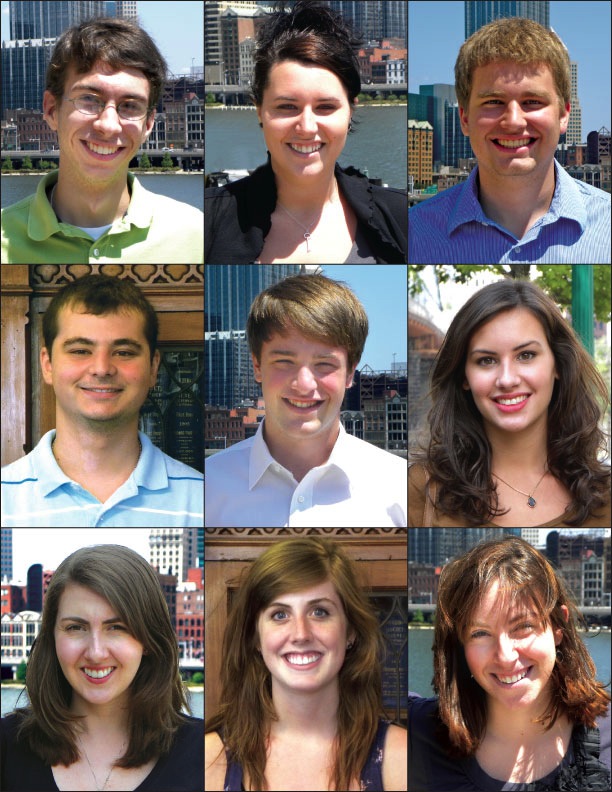 PHLF involved 11 volunteer interns (undergraduate and graduate students) in its educational and historic preservation activities between April and August 2012. Students incorporated their interests in urban planning, historic preservation, cultural heritage preservation, history, art history, and architecture to help advance PHLF’s mission.
PHLF involved 11 volunteer interns (undergraduate and graduate students) in its educational and historic preservation activities between April and August 2012. Students incorporated their interests in urban planning, historic preservation, cultural heritage preservation, history, art history, and architecture to help advance PHLF’s mission.
Interns assisted with the National Register Downtown Districts project, finished scanning the Allegheny County Historic Sites Survey, and developed preliminary inventories of National-Register eligible districts for Lawrenceville, the Strip District, and Woodland Road. They also helped prepare for and implement CampDEC (Design Explore Create), a 25-day summer camp for Pittsburgh Public School students.
We thank the following for volunteering their time and talent to PHLF:
- Hannah Beckman, University of Mary Washington (Historic Preservation)
- Brittany Buzzelli, University of Pittsburgh (Urban Studies)
- Kimberly Colberg, Edinboro University (Art History)
- Matthew Hoffman, Catholic University of America (Architecture)
- Carl Lew, Duquesne University (History)
- Christopher Mannella, Ohio State University (Architecture)
- Reed McLaughlin, St. Vincent College (History)
- Barrett Reiter, University of Pittsburgh (History/Political Science/Preservation)
- Betsy Sweeny, University of Missouri (Art History/Archaeology & Anthropology)
- Kathryn Townsend, University College London (Cultural Heritage Studies)
- Eric Venturella, Robert Morris University (History/Social Sciences)
Intern comments on the value of their experiences with PHLF include the following:
- Hannah Beckman: “Since I am not a Pittsburgh native, I was able to learn a lot about the city through numerous exciting summer camp activities, all highlighting the history and the diverse built environment.”
- Chris Mannella: “My favorite part of my time at PHLF was meeting and growing close to everyone on the staff. From the interns all the way up to the president, I really enjoyed learning from the wealth of knowledge that has accumulated here at this fun, friendly, and productive office. I have grown in both my love of Pittsburgh and my passion for architecture because of it. The passion that everyone brings to their work at PHLF is really inspiring, and it leads to a greater range of outreach in the city than I had imagined.”
- Carl Lew: “Interning for PHLF helped me get in touch with those who allow me to research and create, the things which inspire me most.”
- Reed McLaughlin: “Interning with PHLF was a great experience. By helping with National Register research and CampDEC activities, my experience has not only heightened my appreciation for Pittsburgh but has also helped me see how young students learn to appreciate their hometown as well.”
- Kate Townsend: “My internship with PHLF not only afforded me the opportunity to gain professional experience in the field of historic preservation, but it reignited my passion and commitment to educating others about the City of Pittsburgh’s cultural heritage. PHLF strives to instill the knowledge that the architectural relics of the past have continued vibrancy, importance, and purpose for future generations as an impetus to foster community spirit and neighborhood renewal.”
As a result of their experiences with PHLF, volunteer interns add to their portfolios, gain a deeper appreciation for Pittsburgh’s history and architecture, and develop an awareness of the economic, social, and cultural benefits of historic preservation.
-
CampDEC (Design Explore Create) Makes an Impact
After a 25-day summer camp adventure with PHLF, middle school campers admitted they “learned a lot about Pittsburgh” and “how to draw, create, and design.” They showed off their work during a final presentation on August 16 to community leaders, architects, parents, and friends.
These photos show highlights of the campers’ final two weeks, including field trips to PNC Park and Heinz Field and the completion of three major projects: a 74-page book featuring their writing and artwork and models showing a homeless shelter for a vacant lot on W. North Avenue and an improved pedestrian walkway on Federal Street. Photos also show campers recording their poetry at SLB Radio and donating their book to the Carnegie Library of Pittsburgh, Northside Branch. Well done, Summer Dreamers!
PHLF offered CampDEC (Design Explore Create) for the third consecutive summer as part of the Pittsburgh Public School’s Summer Dreamers Academy. CampDEC 2012 was based at Pittsburgh King on the North Side. Karin Coyne, PPS Activities Specialist who joined PHLF’s staff in teaching said, “CampDEC is an amazingly rich, multi-layered, well-developed, and fun program!”
-
Forever Young: Illustrated Lecture by Holly Brubach
Forever Young: How Endless Possibility as an American Birthright Shapes Our Cities and Our Minds
Thursday, November 29, 2012
6:00 to 7:30 p.m.
Carnegie Museum of Art Theater
4400 Forbes Avenue, OaklandCo-sponsors: PHLF and Heinz Architectural Center, Carnegie Museum of Art
Reservations required
Holly Brubach––a trustee of PHLF, member of Carnegie Museum of Art’s board, author, screenwriter, design consultant, and Distinguished Daughter of Pennsylvania––will present an illustrated lecture with images from Paris, Milan, Venice, and New York.
A reception will follow.“Cities are constantly editing themselves,” she says. “In Europe, the continued survival of old buildings serves as an everyday reminder of history, as people tread the same sidewalks and inhabit the same rooms as generations of others before them. How can we in America incorporate the past into our contemporary urban environments? Having spent years abroad as a resident of other cultures, I’m convinced that preservation can help us transform our attitudes as a society and our lives as individuals.”
Join us for this tour of world-class cities and discussion about the bedrock principles that underlie them. This lecture is part of PHLF’s continuing series, “Architecture and Historic Preservation Abroad” and is co-sponsored by the Heinz Architectural Center, Carnegie Museum of Art.
Fee: $5 PHLF and Carnegie Museums of Pittsburgh members; $10 non-members
Reservations are required by November 26: contact Mary Lu Denny (412-471-5808, ext. 527). The event is limited to 175 people.
-
PHLF Career Awareness Program Wins State Award
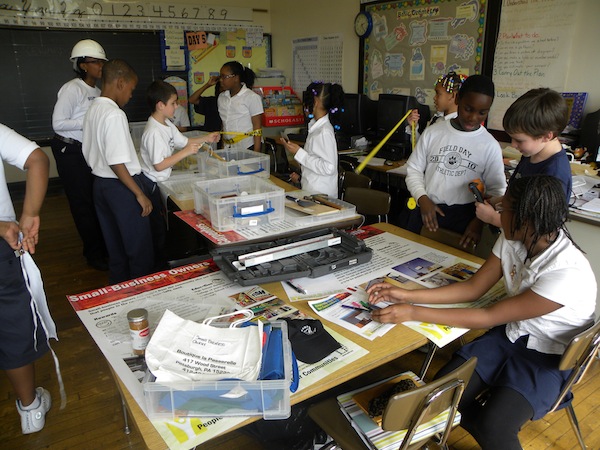 On September 28, Louise Sturgess and Karen Cahall of PHLF will attend the 2012 Pennsylvania Historic Preservations Awards luncheon in Harrisburg to accept an “Initiative Award for Education” for its career awareness program, “People Who Work to Improve Our Communities.” The event is sponsored by Preservation Pennsylvania.
On September 28, Louise Sturgess and Karen Cahall of PHLF will attend the 2012 Pennsylvania Historic Preservations Awards luncheon in Harrisburg to accept an “Initiative Award for Education” for its career awareness program, “People Who Work to Improve Our Communities.” The event is sponsored by Preservation Pennsylvania. Since the program’s inception in 2011, more than 2,050 elementary and middle-school students have learned about 16 professions by reading huge, colorful posters, playing with tools of the trade, touring their school, and discussing their neighborhood. The program was developed at the request of the Pittsburgh Public Schools and was funded through contributions to PHLF from The Fine Foundation, McSwigan Family Foundation, and Alfred M. Oppenheimer Memorial Fund of The Pittsburgh Foundation.
For further information contact Karen Cahall (412-471-5808, ext. 537) or click here.
-
“Climbing to the Heights” and Contributing to PHLF’s HRP Program
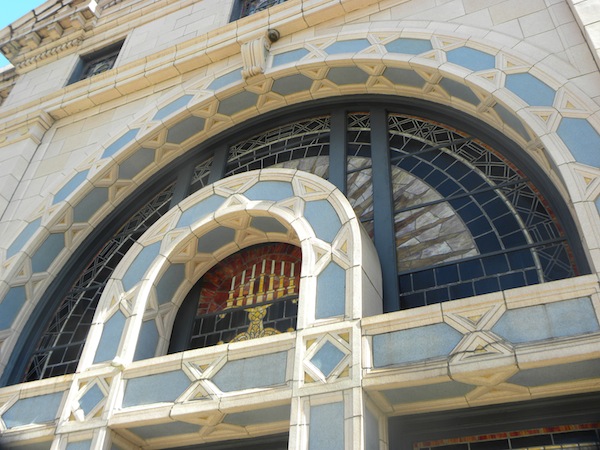 A member of Poale Zedeck’s House Committee recently sent a thank you e-mail to Tom Keffer, PHLF’s property and construction manager, for his “time, expertise, and guidance” in reviewing the results of the masonry repair on the Squirrel Hill landmark. “I especially note the energy and commitment to your work which you demonstrated by braving the treacherous climb to the heights of our multi-level roofs over portable ladders (on a near 100 degree day), a feat which has turned back many a soul not so confident as yourself,” wrote Morris Kornblit.
A member of Poale Zedeck’s House Committee recently sent a thank you e-mail to Tom Keffer, PHLF’s property and construction manager, for his “time, expertise, and guidance” in reviewing the results of the masonry repair on the Squirrel Hill landmark. “I especially note the energy and commitment to your work which you demonstrated by braving the treacherous climb to the heights of our multi-level roofs over portable ladders (on a near 100 degree day), a feat which has turned back many a soul not so confident as yourself,” wrote Morris Kornblit.While most of us are not able to do what Tom does in a day’s work, most of us are able to contribute to PHLF’s Historic Religious Properties program so more architecturally significant places of worship in Allegheny County can undertake critical exterior improvements.
So far this year, 45 people have contributed $21,640 to PHLF’s HRP program. Add your gift today! Our goal is to raise $75,000 by the end of the year so we can offer a new program of financial and technical assistance in 2013. Please help us reach our goal by making a cash contribution or a planned gift.
- For a cash gift, please click here to make a tax-deductible donation. Go to “Contribute” on the home page; select the amount of your gift; and direct it to Historic Religious Properties.
- Planned giving: By making PHLF the owner and beneficiary of an existing whole life insurance policy, you could make an immediate gift that could also play a role in helping us develop a significant endowment that would impact our HRP program for generations. To learn more about ways gifts of life insurance can be mutually beneficial, visit our website at http://plannedgifts.phlf.org/GIFT-Insurance.php or contact our planned giving office at plannedgiving@phlf.org or 412-471-5808, ext. 538. Other giving ideas can also be found at plannedgifts@phlf.org.
However you choose to support the HRP Program, it is important to remember that your gift is leveraged. “Each grant from PHLF is matched by the congregation, making donations from our members and friends even more valuable,” said George Dorman, chair of PHLF’s HRP Committee.
Whether you choose to support the HRP program or another important PHLF project or program, thank you for helping to make possible our many preservation successes.
-
Arthur Ziegler: Historic Preservation in Our Time
Historic preservation. Sounds simple. Save architecturally significant buildings.
But the work is a great deal more complicated than that.
As we approach PHLF’s 50th Anniversary in 2014, I want to begin a conversation with you that in part reflects on where our organization and our movement have been, but also discusses what course we should set for our next half-century.
We have, indeed, come a long way. When we began 48 years ago, we quickly realized that a significant majority of historic buildings in our community were located in troubled neighborhoods, owned by people – many of them minorities – without significant monetary means. Even worse was the realization that a number of historic properties were owned by slumlords.
Compounding the problem was the fact that many of those neighborhoods in Pittsburgh and throughout the nation were scheduled for clearance for ‘urban renewal’, a heartless governmental, top-down series of programs that recognized no value in the existing housing, the main street retail, or the daily rhythms of generations of people in those areas. Worse, ‘urban renewal’ was absolutely soul-less and cracked the emotional bonds among the people within the community, and their ties with the buildings, the streets, shops, and the schools and churches located there.
Without much knowledge or forethought, a few of us set out to stop the disruption. Not surprisingly, we found that residents and community members who were in these areas had the best ideas for their improvement; we therefore became a grassroots-oriented organization, and the few became many.
From that early work, PHLF developed a series of principles that we have followed for nearly half a century: buildings worth saving are those of architectural significance, valued by the community/neighborhood, with feasible reuse plans.
With our work came losses and victories.
All of the North Side from the Heinz Plant to the Ohio River edge in Manchester was scheduled for demolition before PHLF became active with the residents in the 1960s. Beaver Avenue Clearance and Allegheny Center were foisted upon the North Side, but PHLF and neighborhood residents were able to save the Old Post Office, the Buhl Planetarium, and Carnegie Library. South Side was scheduled for demolition and we worked with residents and Carson Street merchants and defeated that plan, but the list of proposed demolitions went forward. Unfortunately, massive demolition occurred in the Lower Hill, in much of East Liberty, and in the Point area at the confluence of the three rivers before PHLF was formed in 1964.
Nearly 50 years later, PHLF and our allies are still working to undo the “renewal “ that destroyed the life and buildings of East Liberty, Allegheny Center, and the Lower Hill. We can see the benefits of our efforts all around our city, and can take pleasure in knowing that the areas that people love today are the historic areas: South Side, North Side, Lawrenceville, the Strip District, and the Cultural and Market Square Districts in our downtown.
I believe we have built the strongest preservation organization in the United States in terms of programs, results, and reputation. But clearly, we cannot rest on our laurels, but rather must work to evaluate and strengthen our organization so we are connected to the future. As I have learned over my years, the best use of the experience of age is to make it available to younger people who don’t then have to learn a-new, but can start at a higher level and build on that experience in innovative ways that can influence the world as they shape it.
As I, along with PHLF staff and members of our Boards, gather our thoughts on where we have been and where we will go, we invite each of you to send your thoughts to us by way of e-mail or letter with the subject line: “PHLF Thoughts.”
Let us know what PHLF means to you. Tell us which of our programs has made a difference to you, and most importantly, please share with us your hopes and dreams of what our community could be, and how PHLF can act to achieve that vision.
Thank you for your continuing support of PHLF; and thank you in advance for your innovative ideas and future participation.
For ongoing updates on our work, tours, and other projects, I invite you to continue following us at www.phlf.org or on Twitter, Facebook or YouTube.
Arthur Ziegler, President
Pittsburgh History & Landmarks Foundation
-
Help Restore Architectural Landmarks through HRP Program
“Annual donations from PHLF members and friends in support of our Historic Religious Properties (HRP) Program make it possible for us to continue our program of financial and technical assistance,” said Carole Malakoff, program coordinator.
Since the July E-news, thirty-four more people have contributed, bringing the total amount of funds raised in 2012 to $18,805. Our goal is to raise $75,000 to enable us to offer another round of grants in 2013. We are also working to identify $2.5 million in bequests and other planned gifts to endow this important program.
“Each grant from PHLF is matched by the congregation, making donations from our members and friends even more valuable,” said George Dorman, chair of PHLF’s HRP Committee. Please make a tax-deductible contribution today by clicking here. Go to “Contribute” on the home page; select the amount of your gift; and direct it to Historic Religious Properties. We thank you.
PHLF is the only organization that most historic religious properties can turn to for help in making critical exterior repairs. By encouraging careful, informed, and economical stewardship, PHLF helps ensure that these architecturally significant places of worship will be taken care of for future generations. Click here to read our annual appeal letter.

